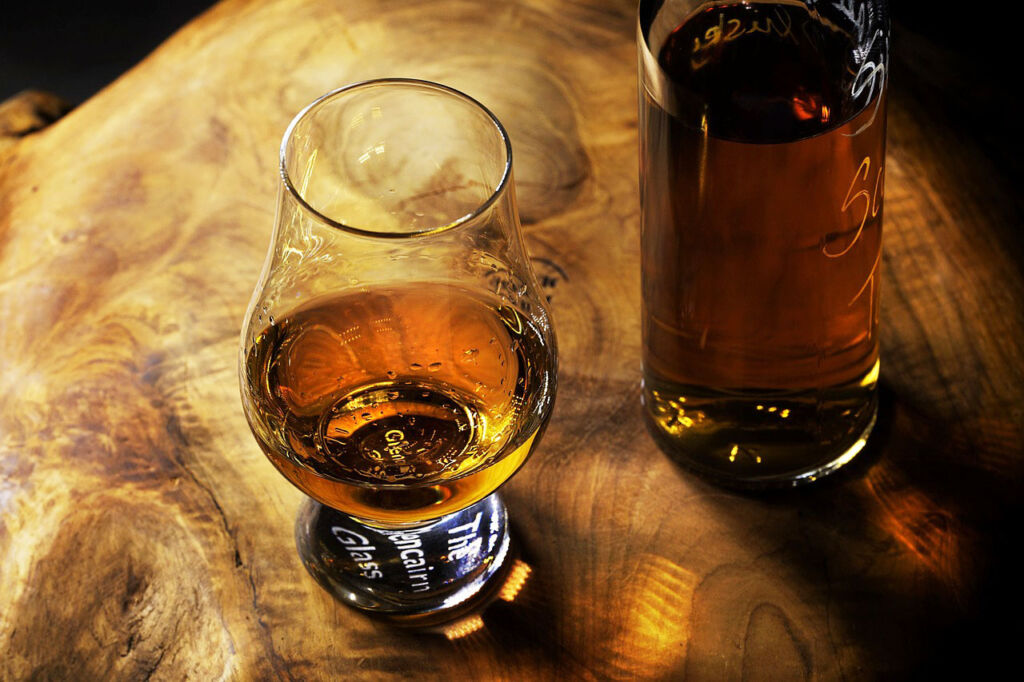
Getting a decent return on your money in these current times is far from simple. For some investors, it probably feels like walking a tightrope with a blindfold. In many areas, the risks seem to be increasing daily; however, one investment sector that has been on an upward trend is whisky, and Martin Homola, an expert in this field, explains why.
You only need to look at what is happening in the world’s largest economy, the United States of America, to see how difficult deciding where to invest is. Leading economic minds in the country are warning of significant retreats in stock markets, there is warnings of a recession, property prices are falling, and in addition to this, the banking sector has, and could still experience, significant turmoil.

If investing money into stocks, bricks and mortar, or just keeping it in a bank is raising questions, what else is there? Two commonly cited alternatives are cryptocurrencies and precious metals. However, many are thinking twice about cryptocurrencies following the recent debacle involving Samuel Benjamin Bankman-Fried and the FTX cryptocurrency exchange.
Some financial experts are convinced that physical gold is the safest haven, but given that the precious metal has been hovering around an all-time price high, many might be ‘put off’ at buying at what they feel could be a peak.
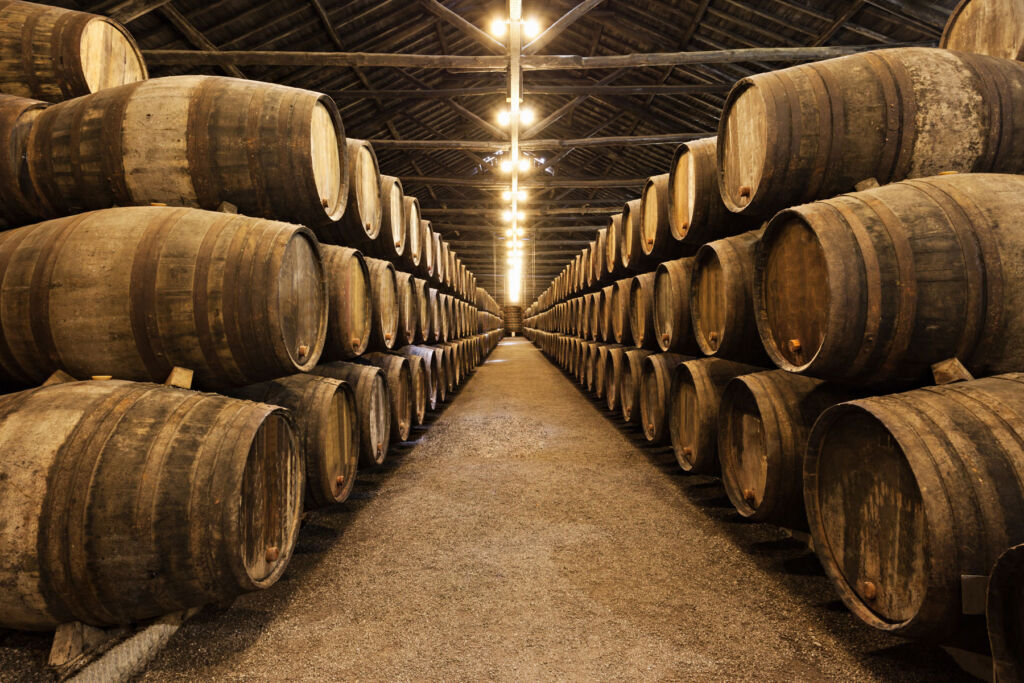
An ‘alternative’ to the aforementioned is whisky, a sector that has garnered significant attention over recent times, so much so that limited edition blends are now unveiled in the most spectacular establishments with staggering price tags, as experienced recently by my colleague Simon Wittenberg.
Why it is so popular can clearly be seen in new research from the Knight Frank Luxury Investment Index, which shows whisky is now the most profitable luxury item to invest in.
To help delve deeper into its allure, House of Bruar’s in-house whisky expert and holder of a Single Malt Whisky Diploma – Martin Homola has created a guide to whisky taste and which bottles he feels are the best to purchase.
How whisky’s return on investment compares to that of other luxury items:
- Rare whisky bottles: 373%
- Cars: 185%
- Wine: 162%
- Watches: 147%
- Art: 97%
This means that, for example, a £59.95 bottle of Balvenie 12-Year-Old Doublewood might sell for £223.61 if sold at a peak period, meaning consumers would make a huge £163 profit!
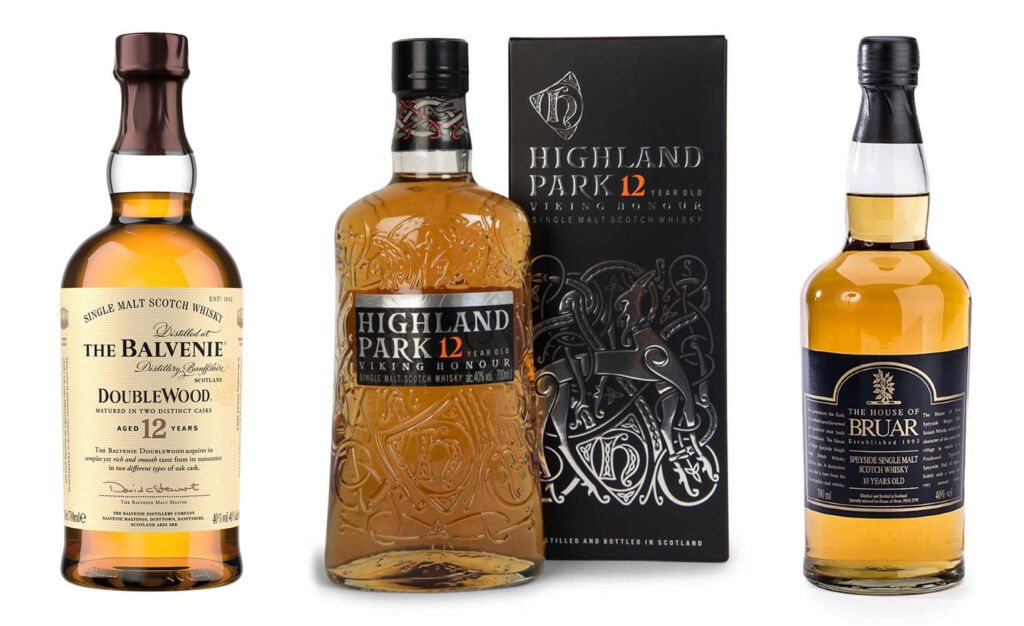
Martin elaborates on what makes a whisky bottle profitable: “Knowing how to invest is about connections and contacts; it’s about being in the right place at the right time with the proper awareness about what to buy, where to buy and when to buy and sell.”
“Determining whether a bottle will become a collectable item is an art form in itself. It’s not necessarily dependent on taste, the distillery’s reputation, or age. A random event can transform the most ordinary bottle into a collectable piece – the collapse of a warehouse roof at Glenfiddich, destroying the majority of casks, turned the surviving bottles into investment gold dust.”
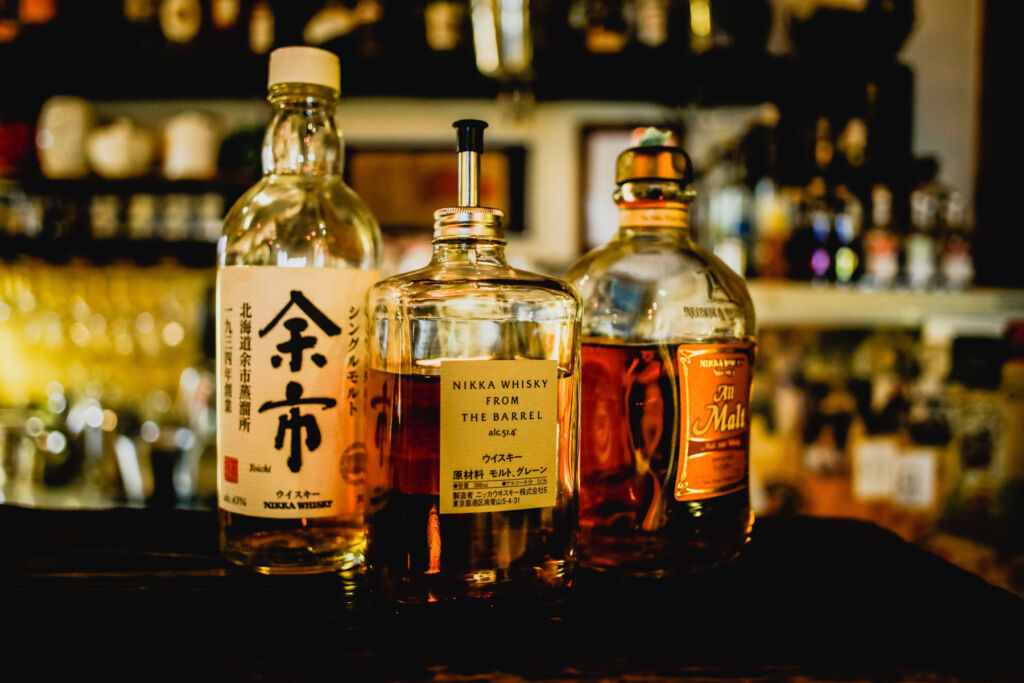
Martin has also explained his main tips for how to begin your whisky investment journey: “Stick with the ‘big’ brands, such as Macallan, Dalmore, Balvenie, Bowmore, or Springbank – over time, well-established distilleries perform extremely well.”
“Look for limited releases, vintages, and bottles which are part of a series. Usually, first releases increase in value the fastest.”
You can also find potential investment opportunities by looking past the brand and name on a bottle. “Look for the bottles with a story behind them, like anniversary bottles, bottles for unique occasions, recently discontinued bottles, or any other story – this will add value to your bottle.”
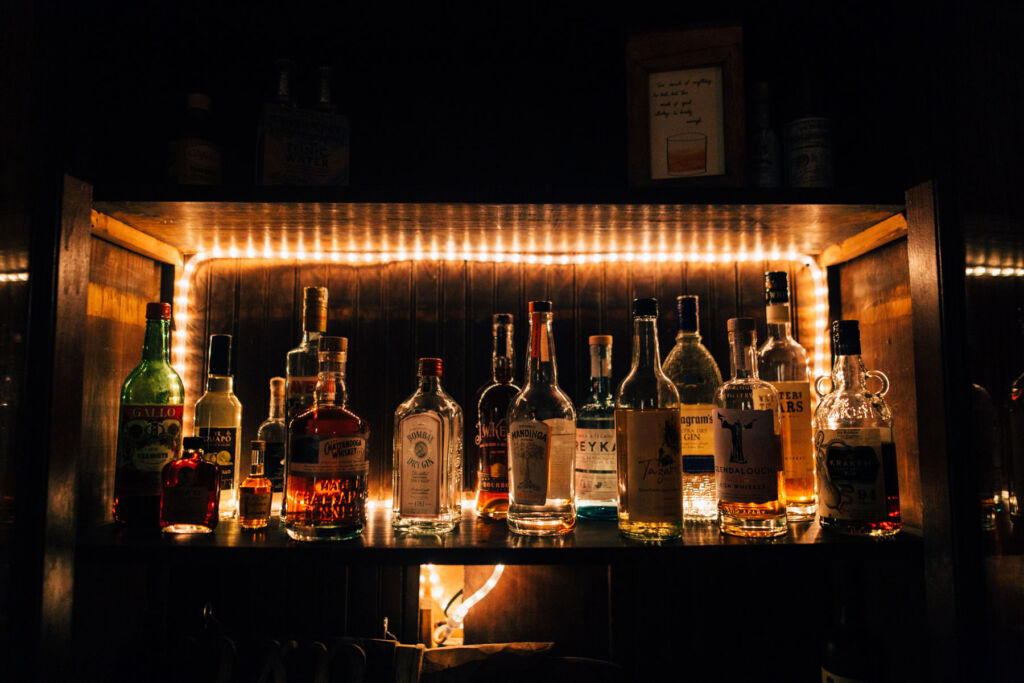
For anyone planning to invest in whiskey in this way, Martin advises taking the right precautions to ensure that it’s kept in the correct conditions: “Whisky does not have an expiry date,” Martin confirms.
“If it is stored correctly – at room temperature, out of direct sunlight, always upright – it should last for over fifty years. If someone is looking to store bottles for a very long time, it is recommended to turn the bottle upside down every three to five years. This is to wet the cork and prevent it from ‘drying off’,” advises Martin.
“When corks are dry for a long time, they can become brittle and crumble into the whisky. Conversely, if the bottles are kept on their sides in storage, the spirit can also damage the cork, which is why momentarily inverting the bottle prevents these problems.”
“For long-term storage of ten or more years, you can seal a bottle’s neck and cork area with cling film to avoid evaporation.”
Martin Homola is the in-house whisky expert at House of Bruar. You can learn a huge amount more about whisky buying on the House of Bruar website www.houseofbruar.com.
Read more spirits industry guides, news and opinion pieces here.
![]()




You must be logged in to post a comment.